Making Notes on Sugarcane - Another way to get your copy
Sister Linda Gregg,csj on behalf of the Federation Ecology Committee
Recently, I have been doing some work away from home and only brought my laptop, thinking what a great opportunity to make do without paper. Then I found how much I needed paper! It was a lesson in reverencing and appreciating more deeply the gift of paper. Paper is everywhere in our everyday living, from notebooks to newspapers and from books to a thank-you card from a friend. Even the scraps that hold our grocery lists.
Trees are the main source for creating paper. Yet we have been rapaciously destroying this resource. We are clearcutting vast sections of our Canadian landscape and particularly now the boreal forest.[i] Clearcutting is a practice of harvesting all the trees in a given area, leaving nothing behind. In the process it destroys the structure of soil, breaking apart the sensitive ecosystems of natural peatlands and wetlands. With the loss of trees, all these vital carbon stores are disrupted and vast amounts of carbon are released into the environment.
Image: Olena Sergienko/Unsplash
In the past, we have been assured that our unique and beautiful boreal forest is an immense carbon sink that takes up more of the carbon and greenhouse gases that we produce. That is what the politicians and forest industry would like us to believe. But we can no longer rest in that assurance.[ii] The combination of clearcutting of old growth forests, slash burning, insect infestations and wildfires now change the figures to reveal that the boreal forest has not been a carbon sink or offset since 2001.
What about alternatives to clearcutting and destroying the boreal forest? We haven’t always relied exclusively on trees for a paper source. Since early times humans have yearned to write their stories and share their experiences. We see this in the ancient cave drawings in various parts of the world. Then we progressed to stone tablets, papyrus paper from reeds, vellum scrolls, onion skins, wood panels, slate tablets, and now laptops and photocopiers. These are a few of the sources humans have invented to share their thoughts and ponderings. Originating earliest in China, it wasn’t until the Middle Ages that the paper making process from trees became developed and by the 13th century was the norm.[iii]
When it came to the moment when I had to submit my thesis in book form I was seeking estimates when I chanced upon a copier business tucked away in a basement level mall on Bloor Street, run by a little elderly man from India. The proprietor extolled the benefits of sugarcane paper and its similar price to regular tree paper. He was quite proud of the sustainable process used in his native India. I was intrigued and the price was right, so my thesis was printed on sugarcane paper. The experience led me to re-think what paper could be. Given the carbon cost of our forestry industry and the destruction it works on fragile ecosystems, might we consider options once more?
“do I need to print this?”
The University of British Columbia published a study on the use of sugarcane paper for the university, looking at carbon inputs, foreign investment and sustainability.[iv] Their study concluded that sugarcane was the best option environmentally & economically. The drawback is that it is imported and workers conditions need to be monitored. Although I have purchased sugarcane paper easily from office supply stores, currently sugarcane paper is available in notepads and various compostable serving ware, Covid seems to have disrupted the supply.
“there is a cloud floating in each sheet of paper, as well as the rain and sunshine”
There are options to tree paper and we can encourage seeking alternatives. Of course, asking the question “do I need to print this?” and printing both sides save more trees than we might imagine! But perhaps it is our awareness that each piece of paper is a gift, not only the tree but the whole earth community is most precious. For as Thich Nhat Hanh has said, “there is a cloud floating in each sheet of paper, as well as the rain and sunshine.” It takes an ecosystem to make a sheet of paper.
-Sister Linda Gregg,csj on behalf of the Federation Ecology Committee
[i] “Canada’s Boreal Cutting Is A Climate Threat,” Joshua Axelrod, Nov.1,2017. https://www.nrdc.org/experts/josh-axelrod/canadas-boreal-clearcutting-climate-threat#:~:text=Clearcutting%20disturbs%20soils%2C%20wetlands%2C%20and,ecologically%20harmful%20form%20of%20logging. Accessed March 17, 2022.
[ii] “Our managed forest land hasn't been a net carbon sink since 2001,” Robson Fletcher CBC News, Feb. 12, 20219, https://www.cbc.ca/news/canada/calgary/canada-forests-carbon-sink-or-source-1.5011490 Accessed March 17, 2022.
[iii] “The History of Paper,” Wikipedia. https://en.wikipedia.org/wiki/History_of_paper#:~:text=By%20the%2011th%20century%2C%20papermaking,mills%20using%20waterwheels%20in%20Spain. Accessed March 18, 2002
[iv] “An Investigation Into Sugarcane Versus Wood Fibre Paper,” Ryan Carnito et al, APSC 262, April 4, 2013. UBC










